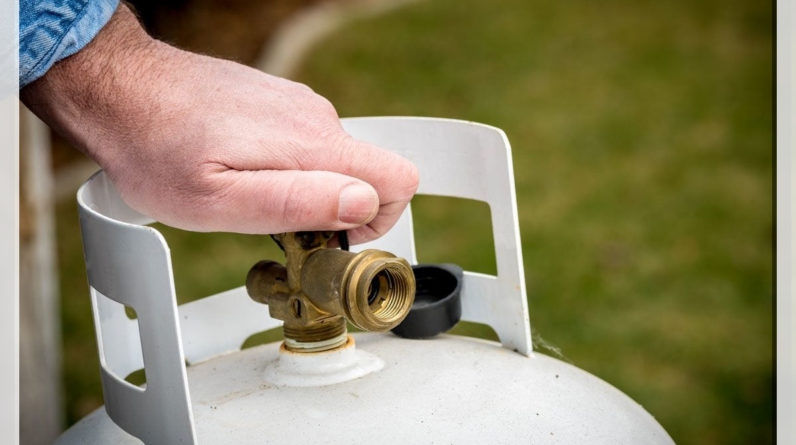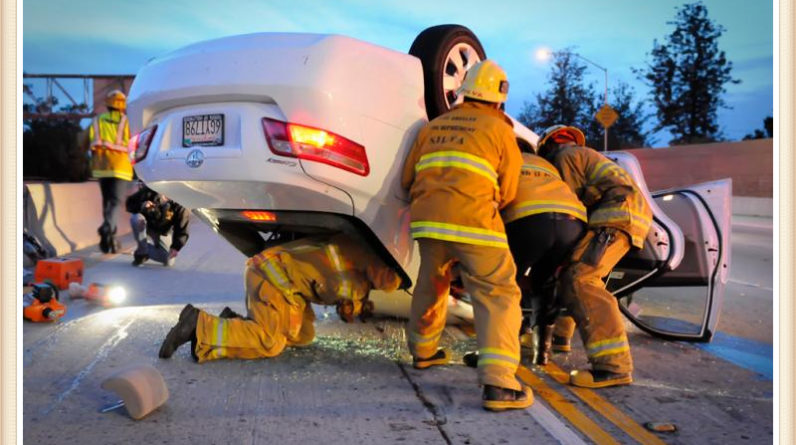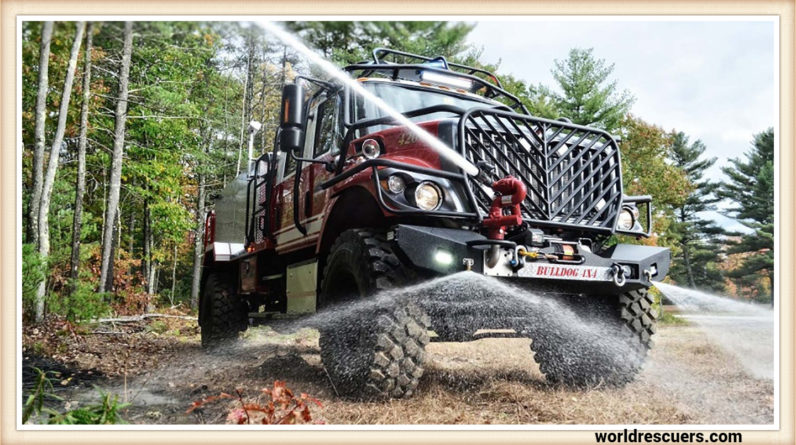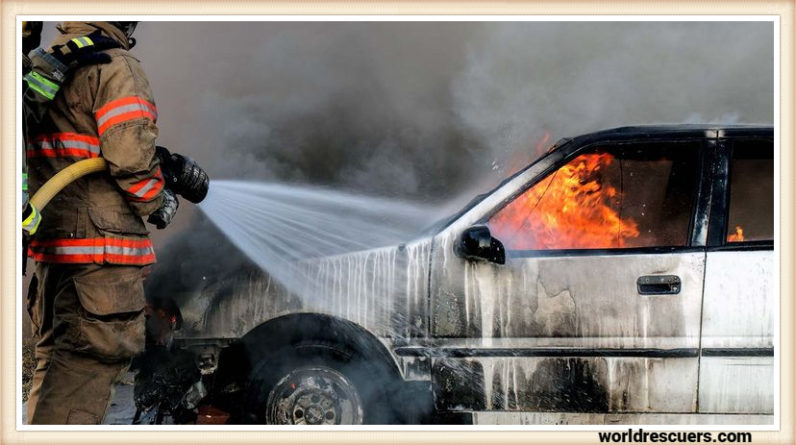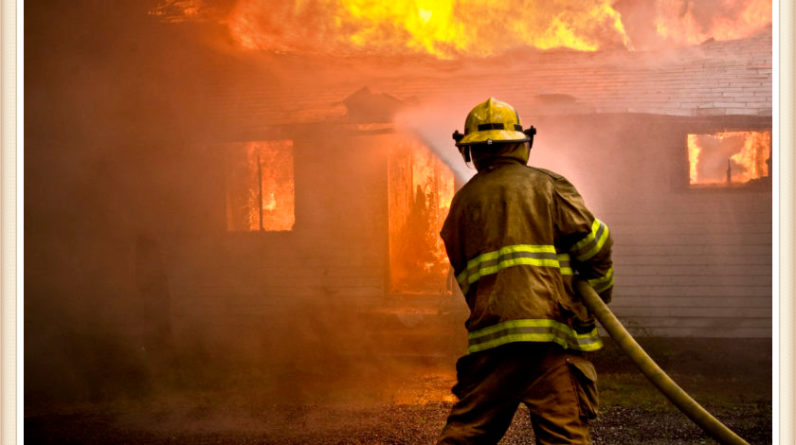
Summary
In our modern society, where technology and convenience reign, the threat of fire emergencies remains ever-present. From homes to workplaces, cars to public spaces, the potential for a fire emergency is a reality we must all recognize. The key to minimizing damage and saving lives lies in effective fire emergency preparedness and response. This article explores the importance of fire safety, the role of fire prevention equipment and systems, the significance of fire brigade, and essential tools like fire extinguishers in mitigating fire emergencies.
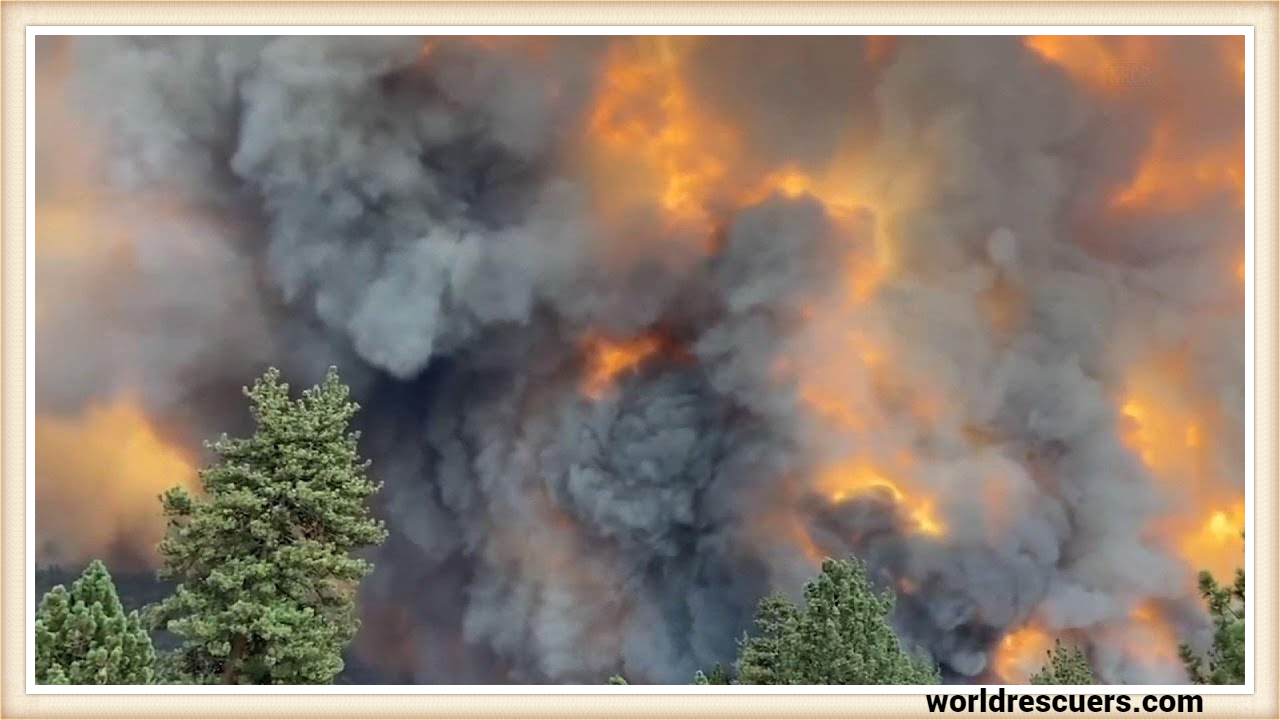
A fire emergency is a sobering reminder of the unpredictability of life. Being prepared for such situations is not just a choice, but a responsibility. Effective fire emergency preparedness involves understanding fire risks, utilizing fire prevention equipment and systems, and cooperating with fire brigades during emergencies. By promoting fire safety education, encouraging the installation of fire prevention equipment, and fostering a culture of vigilance, we can work together to minimize the impact of fire emergencies on our lives and communities.
Understanding Fire Emergencies
A fire emergency can strike anywhere, anytime, often without warning. It is crucial to understand the various factors that can trigger fires, such as electrical faults, fuel leaks, overheating, and even human negligence. Rapid response is vital, as fires can spread rapidly, causing extensive damage and endangering lives.
Importance of Fire Prevention Equipment and Systems
To combat fire emergencies effectively, proactive measures are essential. Fire prevention equipment and systems play a crucial role in minimizing the risk of fires. These include smoke detectors, fire alarms, sprinkler systems, and fire-resistant materials used in construction. These systems can detect fires at an early stage, alerting occupants and allowing them to evacuate safely.
Fire Emergency Preparedness
Preparation is the key to managing fire emergencies. Finally, educating people about fire safety and providing training on how to use fire extinguishers is essential. Fire extinguishers are versatile tools that can suppress small fires, preventing them from escalating. Knowing the types of extinguishers and their proper usage can be a game-changer in fire emergency situations.
The Role of Fire Brigade
Fire brigades are the unsung heroes of fire emergency response. Highly trained professionals equipped with advanced tools and techniques are the first line of defense against raging fires. Firefighters not only combat fires but also conduct rescues, provide medical aid, and ensure public safety during emergencies.
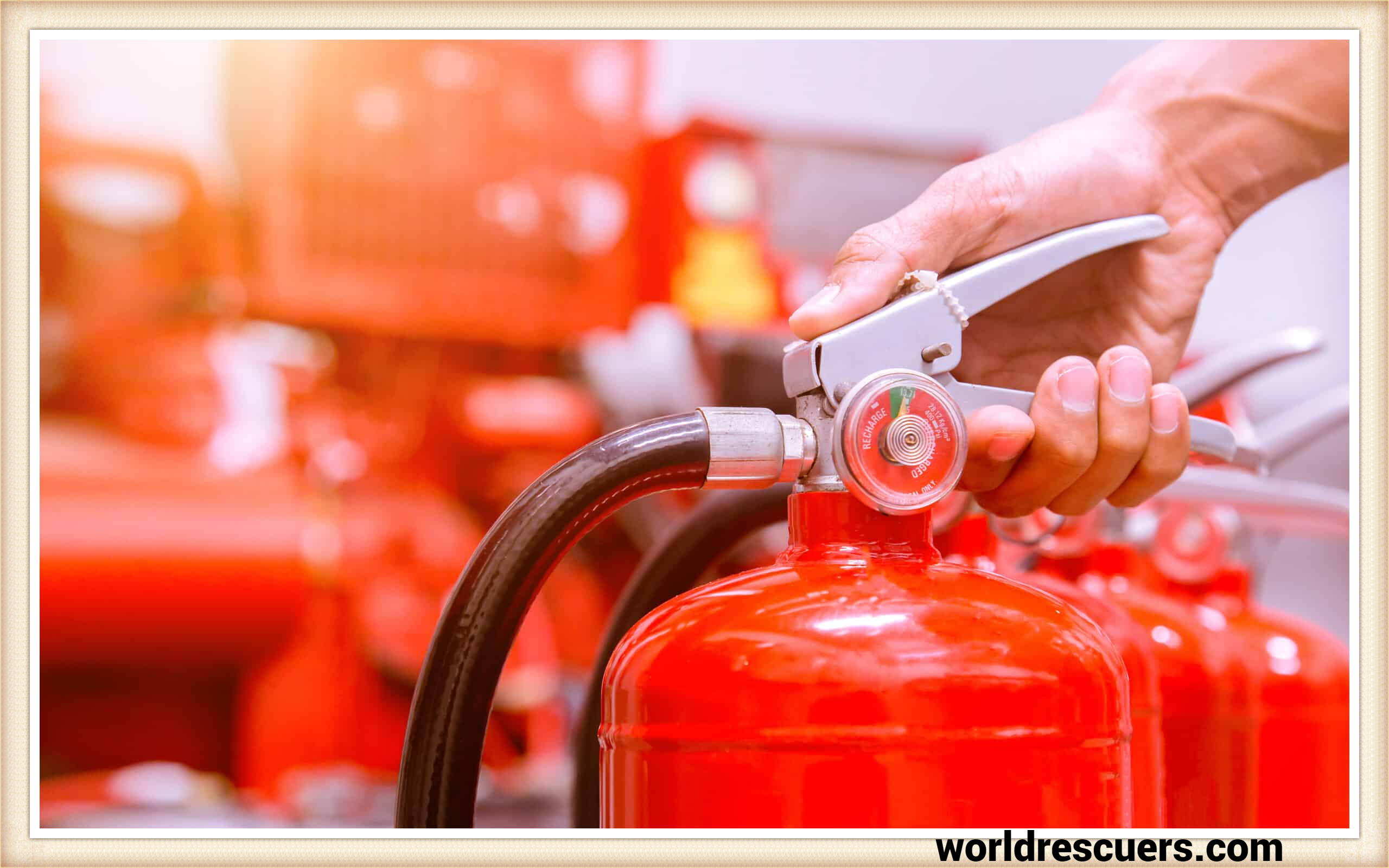
Fire Safety Measures
Prevention is better than cure, and this holds true for fire emergencies. Installing fire safety equipment, such as fire extinguishers, inaccessible locations can significantly reduce the impact of fires. Regular maintenance and checks of fire safety systems are essential to ensure their functionality when needed.
Fire Emergency Response
In the event of a fire emergency that surpasses the capabilities of available fire extinguishers, it becomes crucial to call the fire brigade. Timely communication with emergency services can make the difference between minor damage and catastrophe. Moreover, firefighters are equipped with specialized tools and protective gear, enabling them to handle even the most challenging fire situations effectively.
Types of Fire Emergencies
However, fire emergencies can arise from various sources and situations, each presenting its own set of challenges and risks. Understanding the different types of fire emergencies is crucial for effective prevention, preparedness, and response.
Here are some common types of fire emergencies:
- Structural Fires: These fires occur in buildings, homes, and other structures. They can be caused by electrical faults, faulty wiring, flammable materials, or cooking accidents. Structural fires pose significant risks to occupants, property, and nearby structures.
- Wildfires: Wildfires are uncontrolled fires that spread rapidly across vegetation, forests, or grasslands. They can be ignited by lightning, human activities, or even volcanic eruptions. Wildfires pose threats to wildlife, ecosystems, homes, and communities in their path.
- Vehicle Fires: Fires can break out in vehicles due to mechanical failures, fuel leaks, or electrical issues. Vehicle fires can occur on roads, highways, or even in parking lots, posing dangers to occupants and nearby structures.
- Industrial Fires: Industrial settings often involve flammable materials and complex machinery, making them susceptible to fires caused by chemical reactions, equipment malfunctions, or improper storage. These fires can result in significant property damage and environmental hazards.
- Electrical Fires: These fires originate from faulty wiring, overloaded circuits, or electrical equipment malfunctions. Electrical fires can quickly escalate due to the presence of combustible materials and are a common cause of residential and commercial fires.
- Kitchen Fires: Cooking-related fires are a leading cause of home fires. Grease fires, in particular, can spread rapidly and become extremely dangerous if not handled properly.
- Arson: Deliberately set fires, known as arson, are criminal acts intended to cause damage, harm, or disruption. Arson can target buildings, vehicles, or outdoor areas.
- Chemical Fires: Chemical fires involve hazardous materials or substances that ignite due to exposure to heat, light, or other reactive agents. These fires can release toxic fumes and pose risks to both human health and the environment.
- Combustible Dust Fires: Certain industrial environments, such as factories or grain silos, can experience fires triggered by the ignition of fine particles suspended in the air. These fires are particularly dangerous due to their explosive nature.
- Explosions and Fires: Explosions can trigger fires, creating a dangerous combination of both impact and subsequent flames. These incidents can occur in industrial settings, gas pipelines, or even residential areas.
- Forest Interface Fires: These fires occur where urban development meets wildland areas. The close proximity of homes and natural vegetation can lead to complex fire situations that require specialized response strategies.
- High-Rise Fires: Fires in tall buildings present unique challenges due to the potential for rapid vertical fire spread, evacuation difficulties, and access limitations for fire fighting equipment.
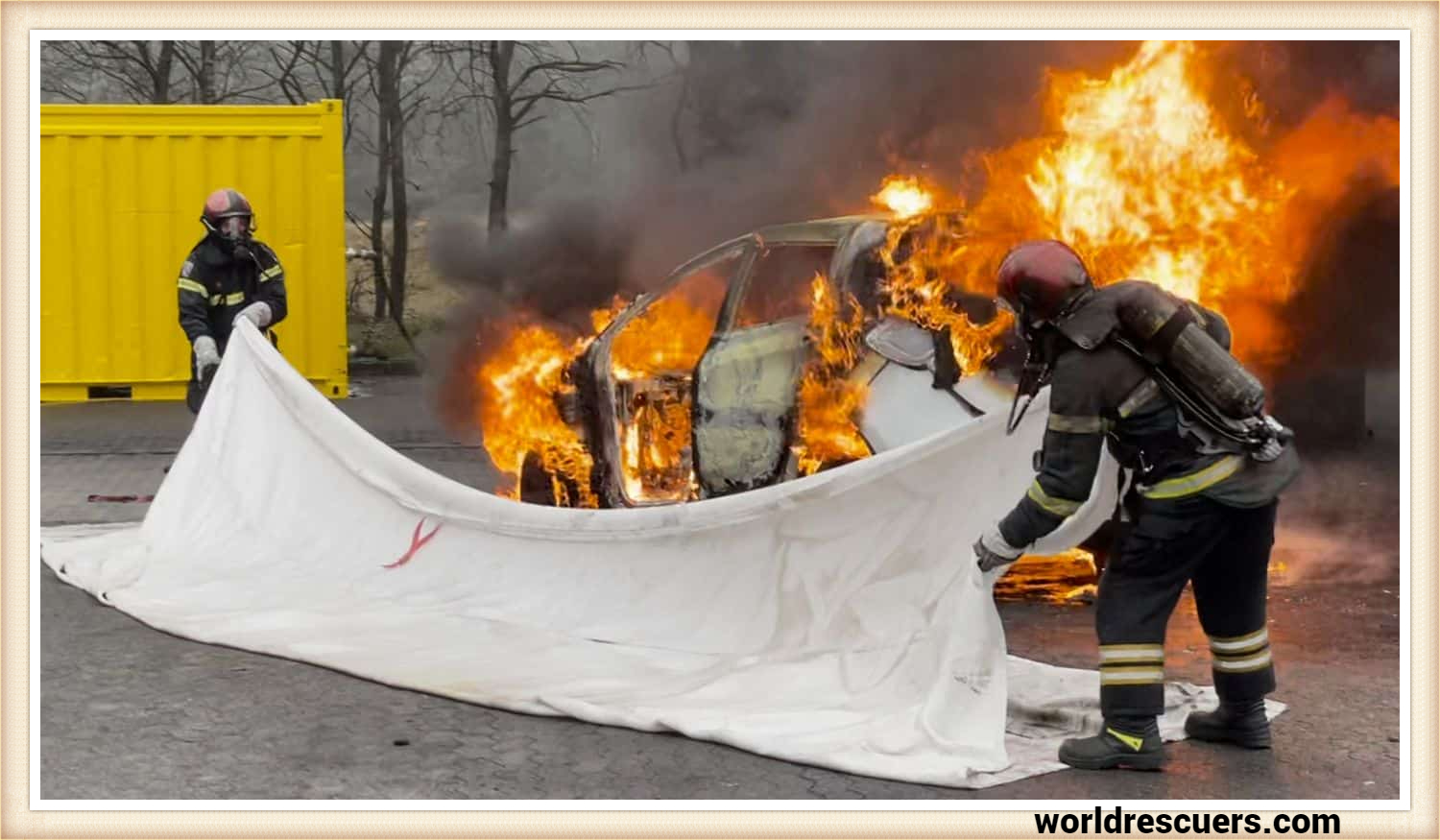
FAQ’s
What is a fire emergency?
A fire emergency refers to a situation in which an uncontrolled fire poses a threat to life, property, or the environment, requiring immediate action to ensure safety and mitigate the fire’s impact.
What is the emergency action for a fire?
The emergency action for a fire involves evacuating the area, alerting authorities, and using appropriate fire fighting measures if safe to do so.
How do you deal with fire emergency?
When faced with a fire emergency, it’s essential to respond by diligently following evacuation procedures. Additionally, promptly contacting emergency services is paramount to ensure swift assistance. Moreover, if you possess the necessary training and can do so safely, employing available firefighting equipment becomes crucial in containing the situation and minimizing its impact.
What is the first thing you must do if you discover a fire?
If you discover a fire, the first thing you must do is alert others by activating the fire alarm or shouting to ensure immediate evacuation.
Highly trained Assistant Fire Chief dedicated to public safety and awareness for the past 16 years. Effective leader who remains steady during times of emergency, while directing and motivating team members throughout crises.


